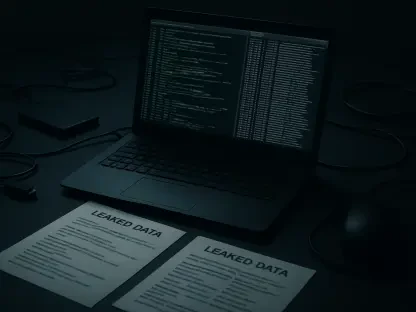The Windows Insider Program has recently introduced a controversial new feature called Recall, and it has sparked significant debate among participants and industry experts alike. Those with Qualcomm Snapdragon-powered Copilot+ PCs are now invited to try out Recall, a snapshot-taking, AI-powered feature that had garnered substantial criticism when first unveiled earlier this year. With feedback in hand, Microsoft has taken steps to address the uproar, but the question remains: will Windows Insiders embrace this technology, or will concerns over security and privacy continue to dominate discussions?
Addressing Initial Criticisms
When Recall was initially announced, many users and privacy advocates expressed concerns about the potential misuse of this powerful AI feature. In response, Microsoft decided to make the feature opt-in instead of enabling it by default. To further alleviate concerns, Microsoft implemented several key measures aimed at making the feature more secure and user-friendly. Notably, they introduced encryption for the stored data, with encryption keys protected via the Trusted Platform Module tied to a user’s Windows Hello Enhanced Sign-in Security identity. These advancements were put in place to mitigate fears of unauthorized access to sensitive information.
In addition to encryption, Microsoft made several other enhancements to Recall. Rate-limiting and anti-hammering measures were implemented to protect the data from brute-force attacks, while sensitive content filtering was enabled by default. This means that information from private browsing sessions will not be saved, providing an added layer of privacy protection. Despite these improvements, Microsoft is still facing scrutiny as they encourage Windows Insiders to adopt the new feature. Users must now opt-in to save snapshots and take several security measures such as enabling BitLocker, Secure Boot, and enrolling in Windows Hello before they can use Recall.
Improved Privacy and Security Features
As part of its latest efforts, Microsoft has made Recall’s privacy and security settings more robust, addressing pain points raised by security researchers and privacy advocates. For instance, Recall is designed to detect sensitive information such as credit card details, passwords, and personal identification numbers, ensuring that snapshots containing this information are neither saved nor stored. This guarantees that personal data remains protected while using the feature. Additionally, Microsoft clarified that saved snapshots remain on the user’s PC, are not used for training purposes, and cannot be accessed by Microsoft using any keys required to view the encrypted data.
In organizational settings, IT administrators have full control over the availability of Recall within their organizations. This means that while individual employees can choose to opt-in, enroll their face or fingerprint with Windows Hello, only the signed-in user can access and decrypt Recall data. Enterprises, however, can prevent the use of Recall altogether or limit the saving of specific apps or sites. For individual users on non-organization-managed devices, the feature will be available by default, but users still need to opt-in to save snapshots. To remove or turn off Recall, users can simply type “Turn Windows features on or off” in their taskbar search box, uncheck Recall from the dialog, and restart their PC.
Security Research and Future Availability
The Windows Insider Program has rolled out a contentious new feature named Recall, igniting widespread debate among its users and industry experts. This feature, available now for those using Qualcomm Snapdragon-powered Copilot+ PCs, allows users to take AI-powered snapshots. Recall drew heavy criticism when it was first unveiled earlier this year, prompting Microsoft to gather feedback and make adjustments. Despite these efforts, the main question remains: will Windows Insiders adopt this technology, or will prevailing concerns about security and privacy overshadow its potential benefits? Recall aims to enhance user experience by capturing contextual snapshots, but its implications for user data continue to be a point of contention. Microsoft has promised to prioritize user security and privacy, emphasizing that the feedback from the initial launch has been taken seriously. As more users test Recall, discussions around its safety seem likely to intensify, potentially shaping the future of the feature and its acceptance among the Windows Insider community.









